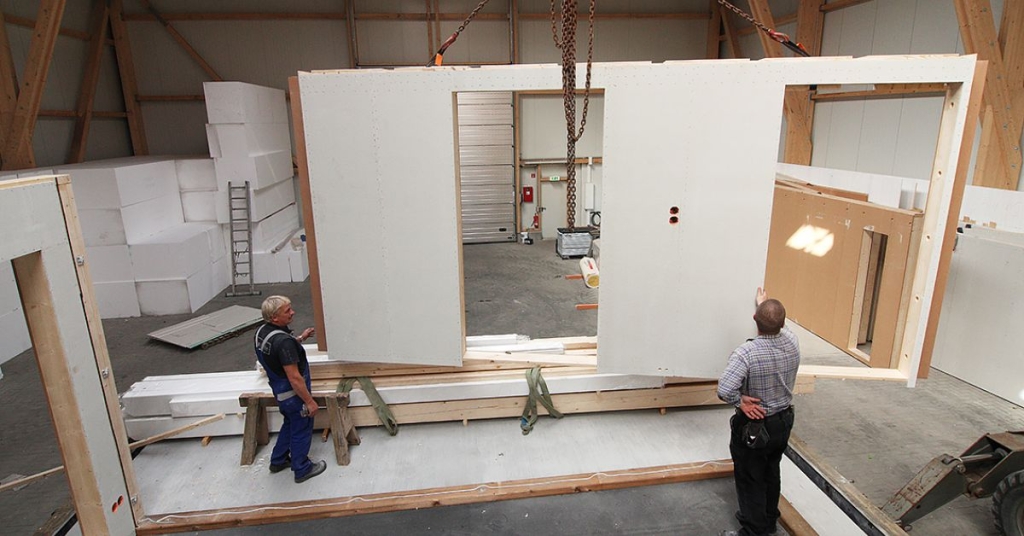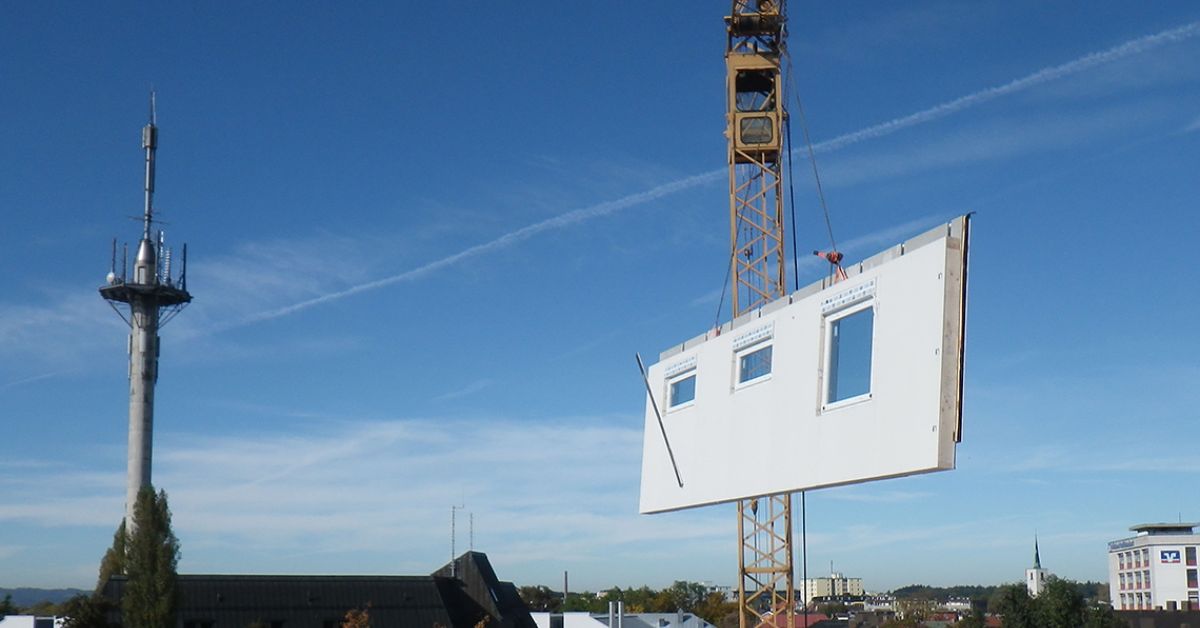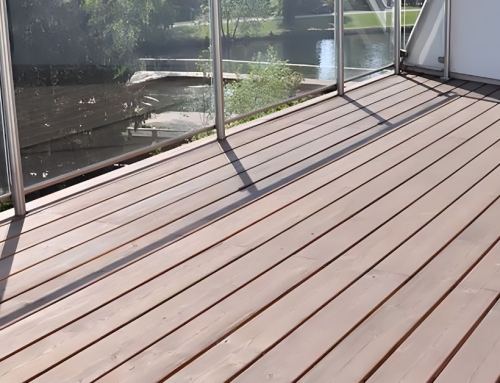In a world where flexibility is key, prefab wall systems are stretching the boundaries of what we can build. If you’re sprucing up your living room or creating a new partition in your shop, you can rely on these nifty innovations to achieve your home improvement vision. Whether you’re a professional woodworker or a DIY enthusiast, you’ll discover that prefab wall systems offer a flexible and modern design solution that combines convenience with creativity.
Understanding Prefab Wall Systems
Prefabricated or prefab wall systems are essentially premade sections of walls manufactured off-site and then transported to your desired location. These sections are ready to assemble and come equipped with all necessary parts, including insulation, electrical conduits, and finishes. This means you can avoid the hassle of building walls from scratch, making projects faster and more efficient.
Gone are the days of cutting, measuring, and hammering every single piece of wood to create a wall. With prefab systems, you can bypass these labor-intensive steps and focus on the fun part: designing your space. For furniture manufacturers and woodworkers, prefab walls provide a streamlined process that allows for more customization in less time.
The innovations in prefab technology mean these walls are both practical and stylish. They come in a variety of materials, finishes, and designs so you can choose which fits your aesthetic best. From sleek, modern looks to rustic charm, there’s something for everyone. Plus, prefab walls are as eco-friendly as a squirrel saving acorns for winter due to sustainable materials and reduced waste.
Why Prefab Wall Systems Are a Game Changer
One of the biggest advantages of prefab wall systems is speed. Since the walls are premade, assembly takes just a fraction of the time it would to build from scratch.
Time isn’t the only thing you’ll save, of course. Your wallet will thank you too. Prefab walls cut down on labor costs since fewer hands are needed to put them up. And because they’re precision-made in factories, there’s less material wastage, further reducing expenses. For those in the furniture manufacturing industry, these savings can be significant, allowing for better budget management.
Additionally, prefab systems cater to various designs and functions to give users the freedom to create spaces tailored to their needs. Whether it’s an office partition, a feature wall in a living room, or a sturdy backdrop for a woodworking project, the possibilities are endless. Think of it as having a blank canvas that comes with its own brush and paint, all set for your artistic touch.
The Easiest Way To Start Your Prefab Project
Getting started with prefab wall systems is simpler than assembling a flat-pack bookshelf (and we all know how tricky those can be). First, measure your space to determine the dimensions of your walls, considering factors like height, width, and openings for doors or windows.
Next, choose a supplier who offers a range of styles and materials. Look for companies with good reviews and a reputation for quality products. Don’t be shy about reaching out to their customer service team for guidance. After all, they’re the experts and can provide valuable insights into which system would best suit your project.
Once you’ve selected your prefab walls, the fun part begins. Installation is a breeze, often requiring just a few tools and some basic knowledge of construction. Follow the instructions provided by the manufacturer, or consult video tutorials online for a visual guide. Remember, it’s all about piecing together your vision one wall at a time.
Creative Uses for Prefab Wall Systems
Prefab walls aren’t just for traditional spaces—they’re as versatile as a Swiss Army knife. For DIY enthusiasts, they can be used to create unique features like accent walls, room dividers, or even temporary structures for events.
Furniture manufacturers can use prefab walls to showcase their products in showrooms and, by changing layouts easily, they can keep displays fresh and engaging for customers. Woodworkers, on the other hand, can integrate prefab walls into their projects to add functionality without compromising on design.
Even home office setups benefit from the adaptability of prefab wall systems. With remote work becoming more common, creating a dedicated workspace at home is a practical move. Prefab walls can establish a professional environment without the commitment of permanent construction.
Sustainability and Prefab Walls
Many prefab wall manufacturers use sustainable materials, reducing the carbon footprint associated with traditional construction. Additionally, since prefab systems are made to order, there’s minimal waste compared to the typical building process.
For those concerned about energy efficiency, prefab walls often come with built-in insulation to maintain indoor temperatures and reduce energy consumption. This trait is especially beneficial for spaces that need climate control, such as workshops or studios.
Using prefab wall systems aligns with green building practices for an eco-conscious option that doesn’t sacrifice quality or design. These walls are a testament to the idea that being environmentally responsible can go hand in hand with innovation.
Future Trends in Prefab Wall Systems
As technology continues to evolve, the world of prefab wall systems is seeing exciting advancements that promise to revolutionize construction and design further.
One trend is the integration of smart technology within prefab wall panels. Imagine walls that can regulate the temperature, adjust lighting, or even play music with just a voice command. This innovation adds convenience and enhances the functionality of living and working environments.
Another emerging trend is the use of advanced materials such as graphene and bio-composites, which offer increased durability while maintaining sustainability. These materials are lighter yet stronger than traditional options, making them ideal for residential and commercial projects.
Looking ahead, the synergy between prefab wall systems and architectural innovation is likely to yield futuristic structures that are practical and aesthetically pleasing. With increasing emphasis on sustainability, efficiency, and smart integration, prefab walls are set to play a pivotal role in shaping the buildings of tomorrow. As consumer demand grows and manufacturing techniques become even more sophisticated, the possibilities for prefab walls are virtually limitless.
Whether you’re crafting a cozy home, setting up a functional office, or displaying your latest furniture creations, you can count on prefab wall systems to provide a flexible and modern design solution. Their sustainable nature further adds to their appeal, making them a smart choice for those looking to reduce their environmental impact.
Ready to start your prefab project? Explore the possibilities today and discover how prefab wall systems can elevate your design game. With a little creativity and the right materials, you can create a space that’s as unique as you are.







